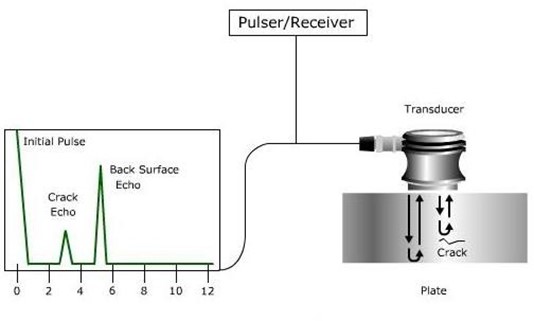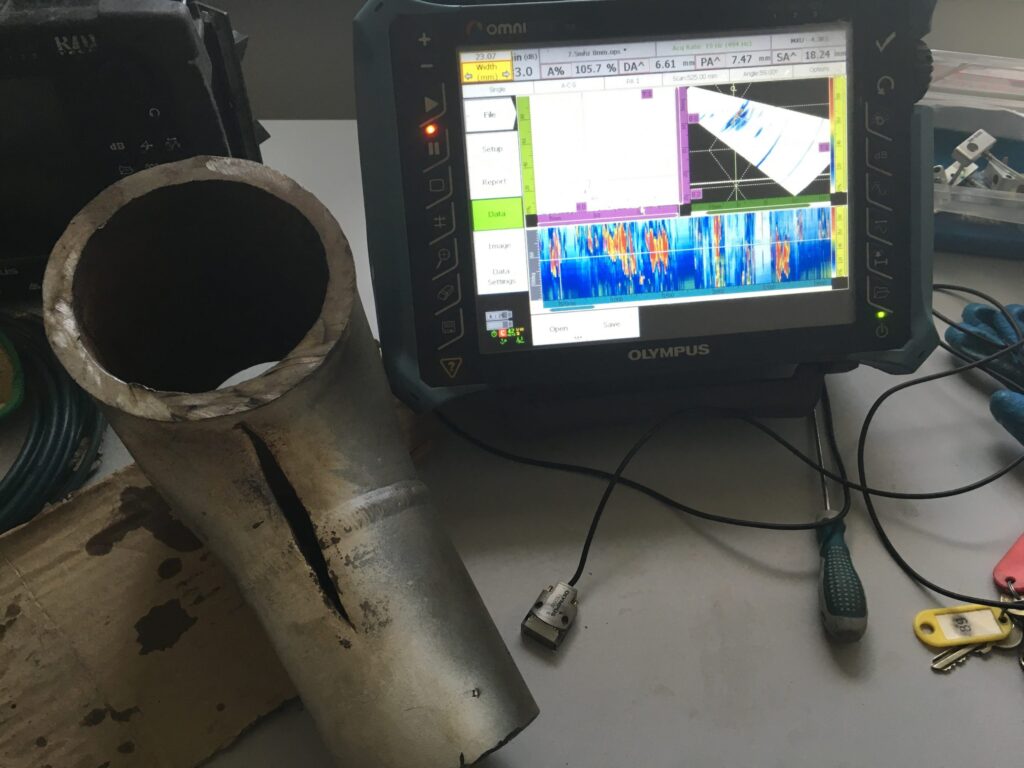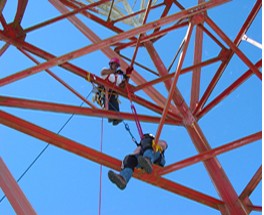NDT Technician Work Schedules: Choosing Between Normal Hours, FIFO, Roster, and International Work


As an NDT technician, you have the opportunity to work in a variety of different schedules and locations. Whether you prefer a more traditional work schedule with normal hours, or are willing to work on a fly-in, fly-out (FIFO) or roster schedule, there are a range of options available to you.
Normal hours may be suitable for those who value a regular schedule and a better work-life balance. This type of schedule involves working the same hours each day, and may be more suitable for those who prefer a more predictable work schedule.
On the other hand, FIFO work involves flying to a remote location for a period of time and then flying back home when your shift is over. This type of work is common in industries such as mining, oil and gas, and construction, where work is performed in remote or offshore locations. FIFO work can be demanding and requires a high level of flexibility, but it can also offer a good income and opportunities for career advancement.
Roster work involves working a certain number of days and then having a certain number of days off. This type of schedule can provide a good balance between work and time off, but it may also require a high level of flexibility as work schedules can vary from week to week.
In addition to these different work schedules, some NDT technicians may also have the opportunity to work around the world. This can be a great opportunity for those who are interested in travel and experiencing different cultures. Working around the world can provide a variety of benefits, including the opportunity to learn new skills and techniques, broaden one’s horizons, and gain valuable international experience. However, it can also be challenging, as technicians may have to adapt to different cultures, languages, and work environments, and may be away from friends and family for extended periods of time.
Ultimately, the best work schedule for an NDT technician will depend on their personal preferences and circumstances. Whether you prefer a more predictable schedule with normal hours, or are willing to take on the challenges and opportunities of FIFO or roster work, or even working around the world, there are a range of options available to you.
Traditional working schedule
A traditional working schedule, also known as normal hours, involves working the same hours each day. This type of schedule is often considered more predictable and can provide a better work-life balance for those who prefer a more structured routine.
One of the main benefits of a traditional working schedule is that it allows for a consistent work routine. You can plan your days and weeks knowing exactly when you will be working and when you will have time off. This can be especially useful for those who have other commitments, such as childcare or school, as it allows for better planning and coordination.
A traditional working schedule can also allow for a better work-life balance. With a consistent schedule, you can plan your free time and activities around your work hours, rather than constantly having to adjust to changing work schedules. This can be especially important for those who value their personal time and relationships.
However, it’s important to note that a traditional working schedule may not be suitable for everyone. Some industries, such as construction or manufacturing, may require work to be performed at different times of the day or night. In these cases, a traditional working schedule may not be possible. Additionally, some people may prefer the flexibility and opportunities for advancement that FIFO or roster work can offer.
Overall, a traditional working schedule can be a good option for those who value predictability and a better work-life balance. It’s important to consider your personal preferences and circumstances when deciding on the best work schedule for you.
Fly-in, fly-out (FIFO) work

Fly-in, fly-out (FIFO) work involves flying to a remote location for a period of time to work and then flying back home when the shift is over. This type of work is common in industries such as mining, oil and gas, and construction, where work is performed in remote or offshore locations.
One of the main benefits of FIFO work is that it can offer a good income and opportunities for career advancement. Many companies are willing to pay a premium for employees who are willing to work in remote or challenging locations, and FIFO work can often lead to more advanced positions and responsibilities.
FIFO work can also provide the opportunity to experience different cultures and locations, as you may be working in different parts of the country or even around the world. This can be a great opportunity for those who enjoy travel and experiencing new things.
However, FIFO work can also be demanding and requires a high level of flexibility. You may be required to work long shifts, often in challenging conditions, and may be away from home for extended periods of time. This can be difficult for those who value a regular schedule and a better work-life balance.
Overall, FIFO work can be a good option for those who are willing to take on the challenges and embrace the opportunities it offers. It’s important to consider your personal preferences and circumstances when deciding if FIFO work is right for you.
Roster schedule
A roster schedule involves working a certain number of days and then having a certain number of days off. This type of schedule can provide a good balance between work and time off, but it may also require a high level of flexibility as work schedules can vary from week to week.
One of the main benefits of a roster schedule is that it allows for a more predictable work-life balance. You can plan your days off in advance, which can be useful for those who have other commitments, such as childcare or school.
A roster schedule can also provide more flexibility than a traditional working schedule, as you may have the opportunity to work different hours or days from week to week. This can be a good option for those who prefer a more varied work schedule.
However, it’s important to note that a roster schedule may not be suitable for everyone. It can be difficult to maintain a consistent routine with a constantly changing work schedule, and it may be challenging to plan personal activities or time off in advance.
Overall, a roster schedule can be a good option for those who value a balance between work and time off and who have a high level of flexibility. It’s important to consider your personal preferences and circumstances when deciding if a roster schedule is right for you.
Difference between FIFO and roster
Fly-in, fly-out (FIFO) work and roster work are two types of schedules that are often used in industries such as mining, oil and gas, and construction. Both types of work involve working for a period of time and then having time off, but there are some key differences between them.
One main difference between FIFO and roster work is the location of the work. FIFO work typically involves flying to a remote location for a period of time and then flying back home when the shift is over. This type of work is common in industries where work is performed in remote or offshore locations. Roster work, on the other hand, may involve working in a more centralized location, such as a mine or construction site, but with a schedule that includes periods of work and time off.
Another difference between FIFO and roster work is the predictability of the schedule. FIFO work often involves working long shifts, often in challenging conditions, and may require a high level of flexibility. The work schedule may also vary from week to week, depending on the needs of the company. Roster work, on the other hand, may involve a more predictable schedule, with a set number of days worked and days off each week.
Ultimately, the best work schedule for an individual will depend on their personal preferences and circumstances. FIFO work may be suitable for those who are willing to take on the challenges and embrace the opportunities it offers, while roster work may be more suitable for those who value a more predictable work-life balance. It’s important to consider your own needs and priorities when deciding which type of work schedule is right for you.
NDT Technician-international work
As an NDT technician, you may have the opportunity to travel around the world for short-term jobs. This can be a great opportunity for those who are interested in travel and experiencing different cultures.
Working around the world can provide a variety of benefits, including the opportunity to learn new skills and techniques, broaden one’s horizons, and gain valuable international experience. Many companies are willing to pay a premium for NDT technicians who are willing to work in different locations around the world, and this type of work can often lead to more advanced positions and responsibilities.
However, it’s important to note that working around the world also has its challenges. You may have to adapt to different cultures, languages, and work environments, and may be away from friends and family for extended periods of time. It can also be difficult to maintain a consistent work schedule, as work hours and days off may vary depending on the location.
Overall, working around the world can be a rewarding experience for NDT technicians who are willing to take on the challenges and embrace the opportunities it offers. It’s important to carefully consider your personal preferences and circumstances when deciding if this type of work is right for you.
If you are interested in learning more about NDT work and pursuing a career in this field, be sure to check out our group and forum. Our community is a great resource for learning more about NDT techniques, best practices, and career development.
You can connect with other NDT professionals, ask questions, and learn from experts in the field.
We also offer a variety of resources and information to help you advance your NDT career.
Don’t miss out on this valuable opportunity to connect with the NDT community and advance your career. Join our group and forum today!





Responses